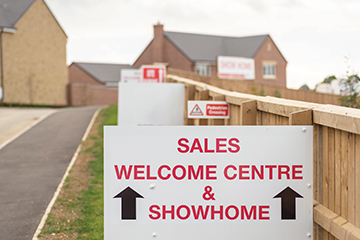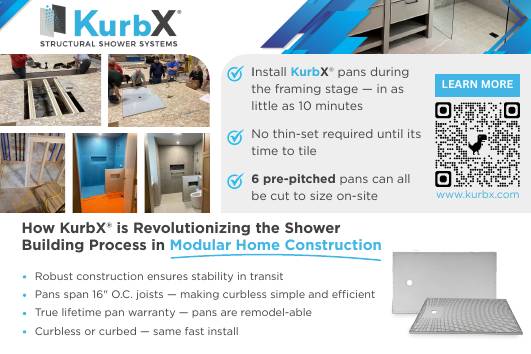With fewer builders to sell for them, modular manufacturers need to consider alternatives.
Residential modular home factories have a looming problem that, if left unaddressed, will lower sales volume and take years to correct. The longer the problem festers, the more expensive it will be to fix. It’s also an insidious problem because it operates in slow motion, and because many factory owners and managers don’t fully understand it. So, what’s the problem? Disappearing sales outlets.
This isn’t something a factory management team notices in a year, or even over several years, but it’s slowly cutting into their sales and building momentum, nevertheless. The situation reminds me of Ernest Hemingway’s 1926 novel The Sun Also Rises, in which character Mike Campbell is asked how he went bankrupt. “Two ways. Gradually, then suddenly,” he replies.
To be clear, I am not saying modular factories are going bankrupt; however, many are at the beginning of a slippery slope of economic decline.

Specifically, there has been a noticeable reduction in the number of single-family modular homebuilders, and those single-family builders are the sales force that a lot of modular factories depend upon. These builders operate the model homes, design centers and sales lots that are the contact point for homebuyers. Without them, factories that build single-family homes lose access to the customers who write the checks that make this whole industry operate.
In single-family modular, the term “builder” means different things to different people. In the Northeast, builders are likely to general contract higher-end, multi-section modular homes. In the Southeast and Midwest, builders are likely to be either: 1) a general contractor responsible for the entire construction of a home priced in the mid-range or 2) a dealer who provides limited on-site general contracting services.
A single-family modular builder can run any one of a spectrum of companies that provide homes from one step above a manufactured home to fully general-contracted, highly customized, multi-million-dollar homes. Yet, despite these differences, these builders all have one thing in common: they are the sales and marketing engine of every factory they buy from.
Given the obscurity of defining a builder, it makes sense that there is a lack of consensus in defining the sales problem, let alone crafting a common sales solution.
The status quo is for factories to provide general marketing support to their builders, and to limit their sales efforts to back-office assistance provided to builders by in-house account reps. Most factories have no direct contact with the end user: the homeowner. This strategy has worked for 30+ years, but it’s time is now coming to an end because the number of builders is declining and there are fewer people who want to become builders.
With a declining builder base, factories can no longer passively sit back and wait for orders. If single-family modular is to thrive, manufacturers must rethink the way they work with homebuyers.
What are the solutions to the factory sales problem? There are three solutions: 1) recruit new builders to sell for them, 2) sell direct to the end user and 3) partner with growth-oriented builders. In future articles, I will explore these solutions in depth.
Shawn Corkrean is the owner of Griffith Homebuilders of Iowa (http://www.griffithhomebuilders.com/). They sell and build modular homes in Iowa and Nebraska. Shawn has experience as a real estate agent, land developer, factory sales manager, and 20 years as a homebuilder, both stick and modular.

















